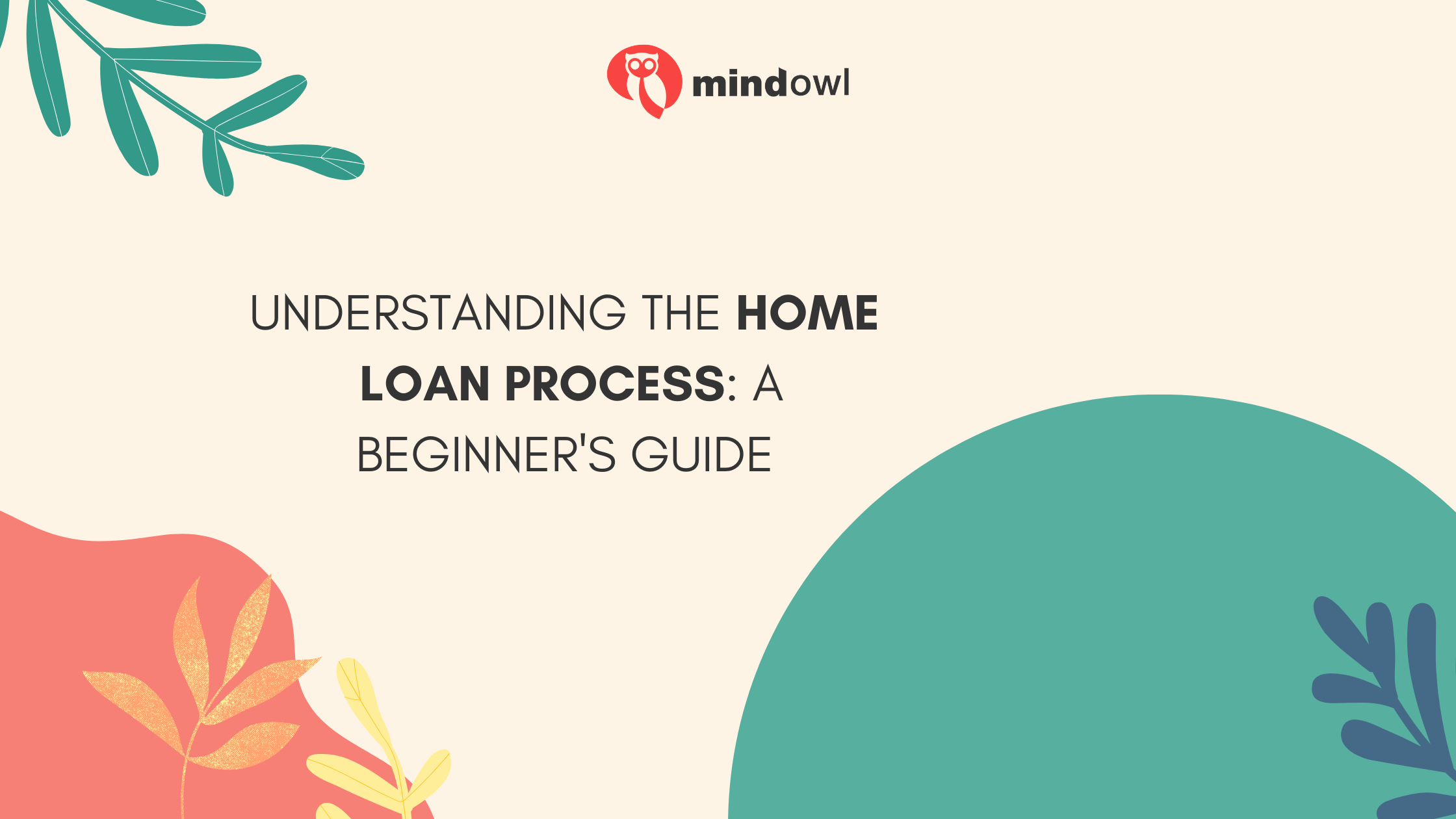Buying a home is one of the most significant financial decisions in a person’s life. Whether you’re buying for the first time or refinancing, understanding the home loan process can seem overwhelming. With so many options available, it’s easy to feel lost in the jargon and terminology. But with the right knowledge, the process becomes much more manageable.
In this guide, we’ll walk you through the home loan process, step by step, from understanding the basics of mortgages to securing the best deal. If you’re a first-time homebuyer, this article will offer useful insights and tips to help you navigate the complexities of the home buying journey.
What Is a Home Loan?
A home loan, also known as a mortgage, is a financial agreement between you and a lender (such as a bank or credit union) that allows you to borrow money to purchase a property. In return, you agree to pay back the loan over a set period, typically 15 to 30 years, with interest. The property you purchase serves as collateral, meaning the lender can take possession of the property if you fail to repay the loan.
The home loan process involves several steps, from application to closing. Below, we’ll break down each of these steps to give you a clearer understanding of how it works.
Preparing to Apply for a Home Loan
Before you even think about filling out an application, it’s essential to prepare. Here are a few things you’ll need to do:
Check Your Credit Score
Your credit score plays a significant role in the home loan process. Lenders use your credit score to determine how risky it is to lend you money. Generally, a higher score means better loan terms, including a lower interest rate.
You can get a free credit report once a year from major credit bureaus (Equifax, TransUnion, and Experian) to see where you stand. If your score is low, it may be worth improving it before applying for a mortgage.
Save for a Down Payment
Most lenders require a down payment, which is a percentage of the home’s purchase price. A typical down payment is between 3% and 20%. The higher your down payment, the lower your monthly payments and the less you’ll pay in interest over time.
Get Pre-Approved
Getting pre-approved for a loan helps you understand how much you can afford to borrow and shows sellers that you’re a serious buyer. During the pre-approval process, the lender will evaluate your income, assets, debts, and credit score to determine how much they are willing to lend you.

First-Time Homebuyer Guide: Understanding Your Options
As a first-time homebuyer, you might be wondering how the process differs for you. In fact, there are several resources available specifically to help first-time buyers, including grants, down payment assistance programs, and special loan options.
For example, many lenders offer first-time homebuyer programs that allow for smaller down payments and more flexible credit requirements. A first-time home buyer guide can help you navigate these options, providing insight into financial assistance programs and government-backed loans like FHA or VA loans.
Understanding your options is crucial in making an informed decision. With the right knowledge and guidance, you can find a loan that works best for your unique situation.
Choosing the Right Type of Mortgage
Once you’re ready to apply for a loan, you’ll need to decide which type of mortgage is best suited for your needs. There are several types of loans available, each with its benefits and drawbacks.
Fixed-Rate Mortgages
A fixed-rate mortgage has an interest rate that remains the same throughout the life of the loan. This means your monthly payments will stay consistent, making it easier to budget. Fixed-rate mortgages are ideal for those who prefer stability and plan to stay in their homes for an extended period.
Adjustable-Rate Mortgages (ARMs)
An adjustable-rate mortgage has an interest rate that can change over time, usually after an initial fixed period. While ARMs often start with lower interest rates than fixed-rate mortgages, they carry the risk of rising rates over time. These are best suited for those who plan to move or refinance before the adjustable period kicks in.
Government-Backed Loans
For first-time buyers or those who might not qualify for a conventional loan, government-backed loans are a great option. These include FHA, VA, and USDA loans, each designed to help specific groups of borrowers. FHA loans, for example, allow for lower down payments and are ideal for those with less-than-perfect credit.
Jumbo Loans
If you’re purchasing a home that exceeds the conforming loan limits set by the Federal Housing Finance Agency (FHFA), you may need a jumbo loan. These loans typically require a higher credit score, a larger down payment, and a lower debt-to-income ratio.
Applying for the Home Loan
Once you’ve chosen the right type of mortgage, you’ll submit your application. This step involves providing the lender with detailed information about your financial history. You’ll need to provide the following:
- Proof of income (e.g., pay stubs, tax returns)
- Details about your debts and monthly expenses
- Proof of assets (e.g., savings or checking account statements)
- Identification documents (e.g., driver’s license, Social Security number)
The lender will review your application and begin the underwriting process. During this time, they may ask for additional documentation or clarification.
Underwriting and Approval
The underwriting process is when the lender thoroughly reviews your financial situation to determine whether you qualify for the loan. The underwriter will assess your credit, income, debts, and property details. Based on this evaluation, they’ll either approve, deny, or request more information from you.
Once the underwriting process is complete, the lender will issue a loan commitment, which outlines the terms of your mortgage, including the interest rate, loan amount, and repayment schedule. If everything looks good, you’ll move on to the next step: closing.
Closing on the Loan
The final step in the home loan process is closing. During the closing, you’ll sign all the necessary documents, including the mortgage agreement and any other paperwork related to the loan. At this point, you’ll also pay any closing costs, which typically range from 2% to 5% of the loan amount.
Once all the paperwork is signed and funds are disbursed, you’ll officially become the owner of the property.
Maintaining Your Loan
Once you’ve closed on your home, the mortgage process doesn’t end there. You’ll need to make regular payments according to your loan terms. Over time, you’ll build equity in your home, which can be used for refinancing or securing home equity loans.
Additionally, it’s important to stay on top of your financial situation, especially if your loan has an adjustable interest rate. If interest rates rise, your payments might increase. Regularly review your mortgage and financial situation to ensure you’re getting the best possible deal.
Conclusion
Understanding the home loan process is crucial to making a well-informed decision when buying a property. From preparing for the application to choosing the right loan, the process can feel overwhelming. However, with the right knowledge, you can confidently navigate each step.
Take your time to research your mortgage options, get pre-approved, and understand the terms and conditions of your loan. Whether you’re buying your first home or refinancing, the more you know, the better equipped you’ll be to make the best financial choice for your future.
MindOwl Founder – My own struggles in life have led me to this path of understanding the human condition. I graduated with a bachelor’s degree in philosophy before completing a master’s degree in psychology at Regent’s University London. I then completed a postgraduate diploma in philosophical counselling before being trained in ACT (Acceptance and commitment therapy).
I’ve spent the last eight years studying the encounter of meditative practices with modern psychology.

